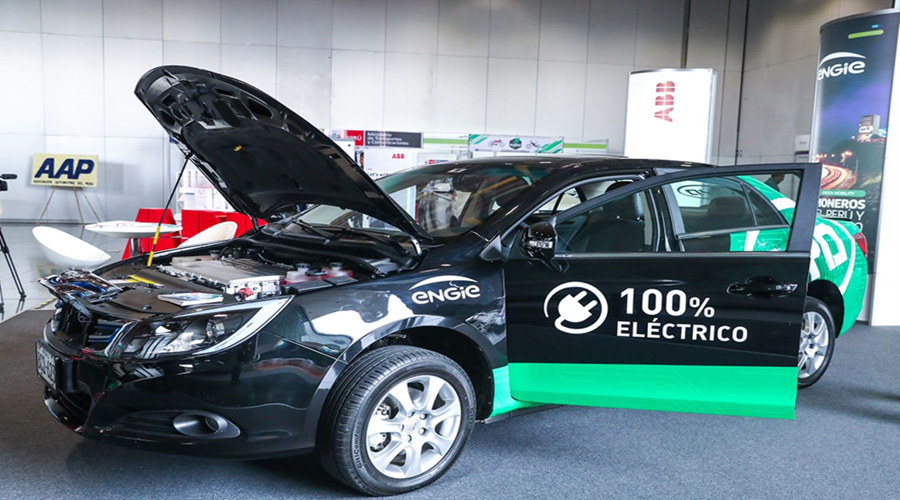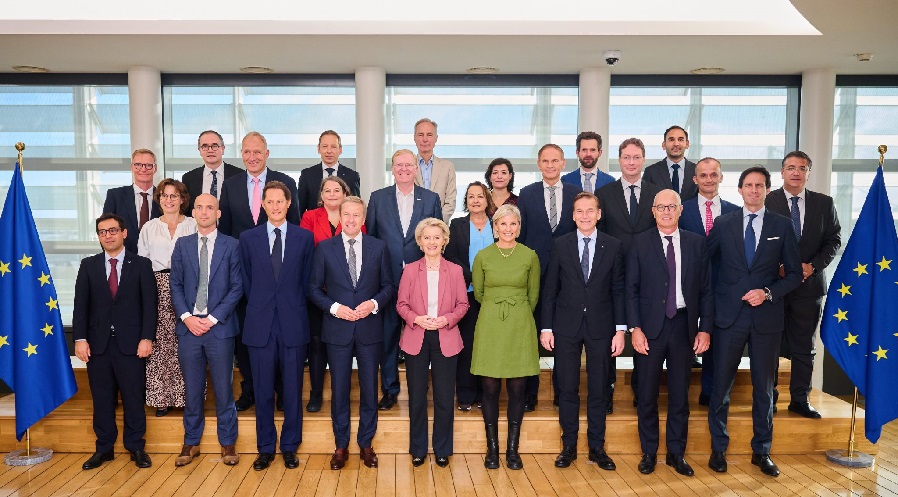Peru’s electrified vehicle market broke its own ceiling in the first half of 2025, reigniting the debate over the urgent need for a national roadmap for electric mobility.
In June, 880 hybrid and electric units were registered—the highest monthly volume on record and a year-on-year increase of 35.4%.
This brought the total for the first half of the year to 4,440 electrified vehicles, representing a 37.1% increase compared to 2024, according to data from the National Superintendence of Public Registries (SUNARP), as reported by the Automotive Association of Peru (AAP).
Behind the Electrified Record
The main driver was conventional hybrids, with 2,134 vehicles sold, a 65% year-on-year increase in Peru.
They were followed by mild hybrids (micro-hybrids), with 1,765 units (+9.2%), while battery electric vehicles (BEVs) doubled their figure to 366 units (+102.2%).
Plug-in hybrids completed the mix with 175 registrations (+19%).
“The share of BEVs within total electrified sales rose from 2.3% in 2021 to 8.3% in 2025; this demonstrates that range anxiety is diminishing and that there is a broader offering and growing consumer confidence,” noted Alberto Morisaki, Head of Economic Studies at the AAP.
Regional Contrast and Policy Gap
The commercial boom contrasts sharply with the lack of a robust regulatory framework.
According to Morisaki, electrified vehicles “barely account for 4% of total vehicle sales” in Peru, while “Colombia has already surpassed 30% thanks to decisive public policy.”
Its Andean neighbour registered 32,852 electrified units over the same period, driven by tariff exemptions, reduced VAT, and a rapidly expanding charging network.
The Colombian case highlights the local limitations: limited incentives, nascent infrastructure and lack of political action.
Dealerships are diversifying their offerings and lowering prices, but private efforts alone run up against the ceiling imposed by the absence of a robust charging and financing ecosystem.
In this context, the need for an Electromobility Act to stimulate the market has resurfaced.
“There is an urgent need for authorities not only to provide economic incentives but also to facilitate the installation of charging infrastructure and take political decisions to democratise access,” warns Morisaki.
According to the industry in Peru, the lack of inter-ministerial coordination and clear targets jeopardises the upward trajectory of a still-nascent market.
Despite Growth, the Momentum Needs Support
The electrified segment is growing in a context of moderate consumption and relative exchange rate stability.
The expansion of supply—led by Chinese, Japanese, and European brands—has lowered the entry ticket and extended the target audience beyond the premium niche.
However, without firm signals from the State, there is a risk that the adoption curve could lose momentum in 2026—just as longer-range, lower-cost BEV models are expected to arrive.
Over the years, more than 20 initiatives have been presented in Congress, but only two made it to committee review. None have been approved.
Now, with a new year underway, the sector is asking: Will 2025 finally be the year Peru enacts an Electromobility Act?
A Track Record of Unfulfilled Promises
For nearly a decade, electromobility has been a topic of debate in the Peruvian Congress.
Various proposals have sought to promote the adoption of electrified vehicles through tax benefits, financing, and improvements to charging infrastructure.
The last major attempt occurred in 2024, when the Committee on Economy, Banking, Finance, and Financial Intelligence approved a bill establishing a regulatory framework for the promotion and implementation of electric transport in the country.
However, the initiative stalled and was shelved.
This legislative failure occurred despite support from the Minister of Economy and Finance, José Arista, who had proposed transforming the Port of Chancay into a regional hub for the assembly of electrified vehicles.
Industry sources informed Mobility Portal Latinoamérica that the lack of consensus among key ministries—such as MINEM (Energy and Mines), MINAM (Environment), and MTC (Transport and Communications)—ultimately halted any progress.
DISCOVER MOBILITY PORTAL DATA
Discover Mobility Portal Data, a new exclusive market intelligence platform offering reliable data and key reports to support smart decision-making across the automotive sector — covering both combustion and electric vehicles, as well as charging infrastructure.
Research, trend analysis, and neatly organised statistics presented with clarity and precision, alongside up-to-date insights — all just one click away. With Mobility Portal Data, good decisions are on the horizon.
READ MORE
-
“Installing on the cheap ends up being costly”: Smart Wallboxes issues warning amid eMobility installation boom
Elis Álvarez, CEO of Smart Wallboxes, warns of the risks of cutting costs at a time of record EV sales and rapid expansion of charging points across Spain.
-
European manufacturers welcome EU’s “bold” proposals for the automotive sector
European manufacturers welcomed the fact that, while not all differences have yet been resolved and not all answers to the challenges are known, the range of solutions has expanded, with “concrete” proposals across all areas.
-
Porsche tests inductive charging in Germany: When will it launch across Europe?
Porsche will be the first car manufacturer to bring an 11 kW charging system with a ‟one-box” base plate for battery-electric vehicles to markets.










